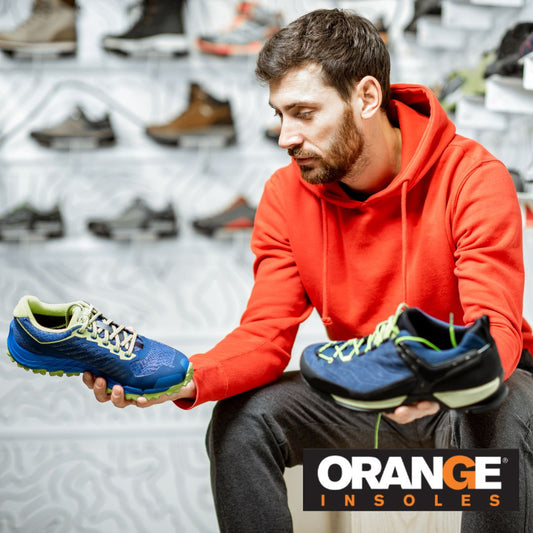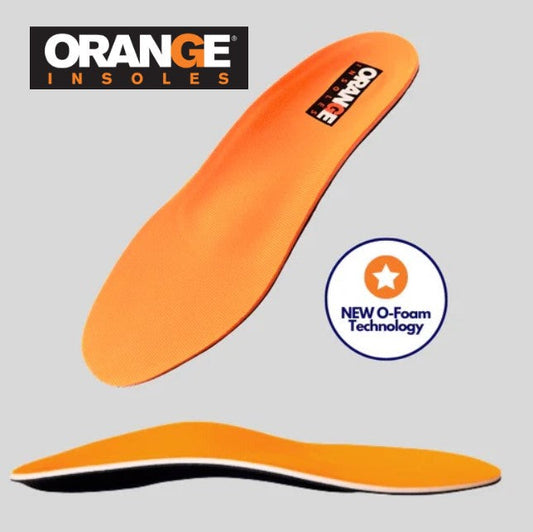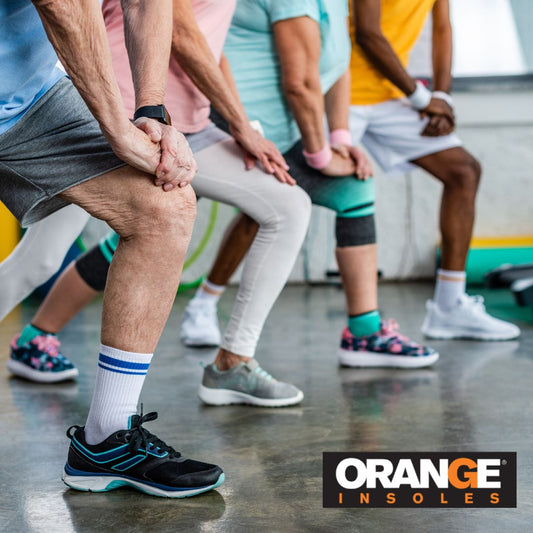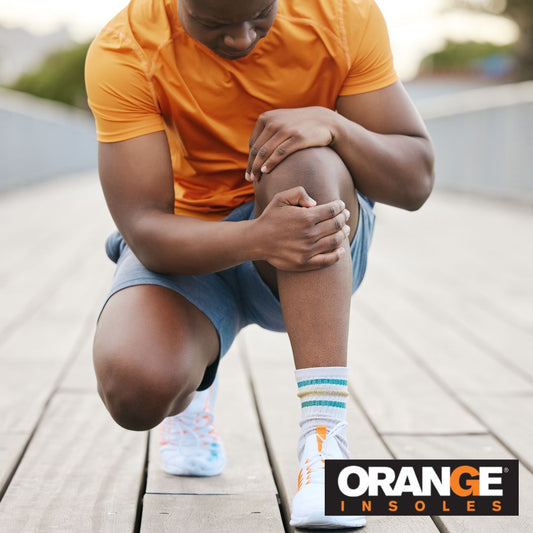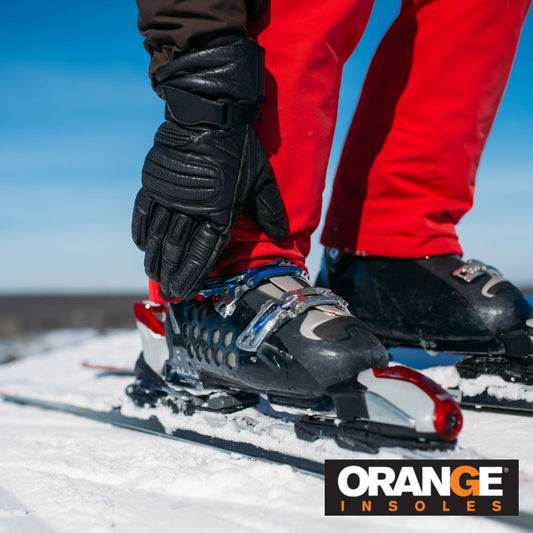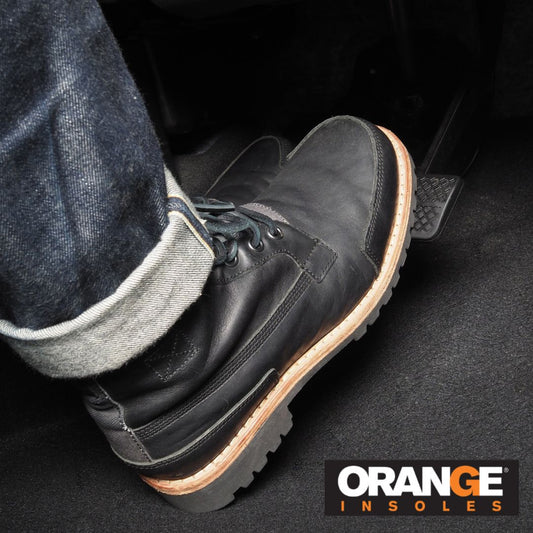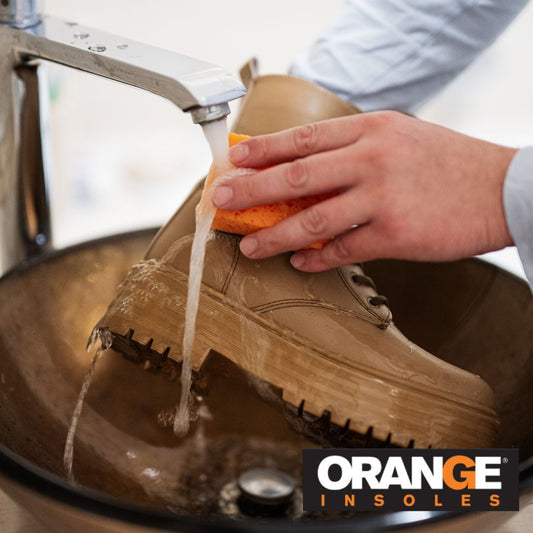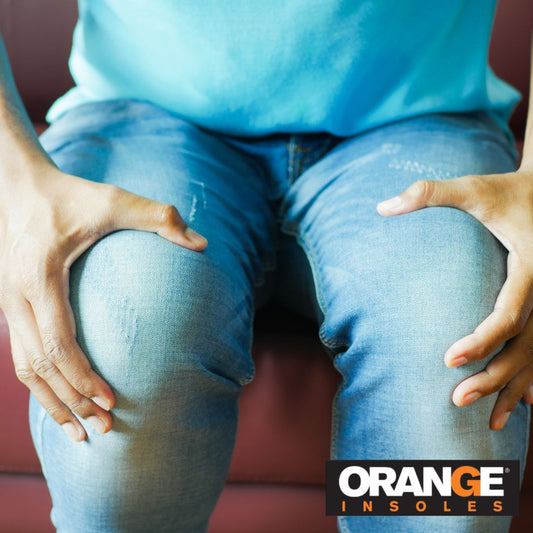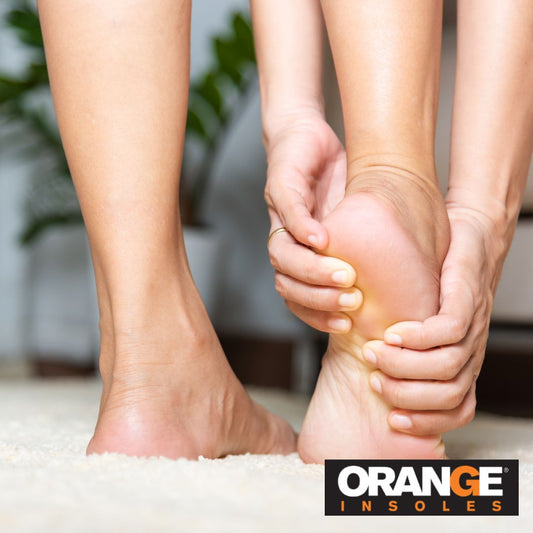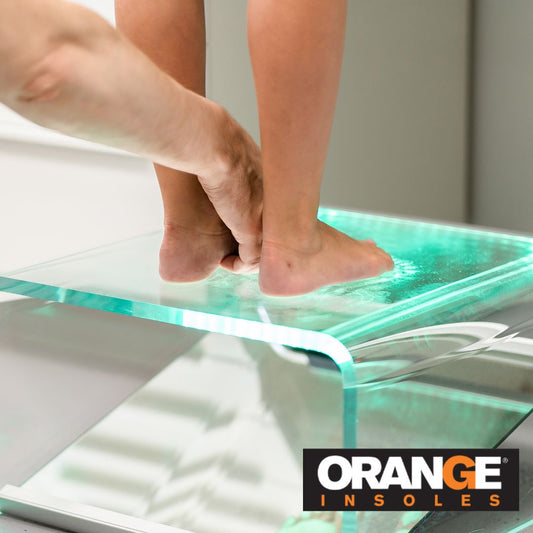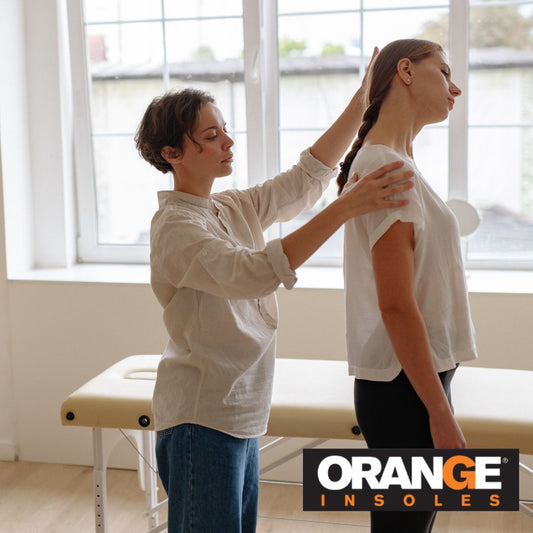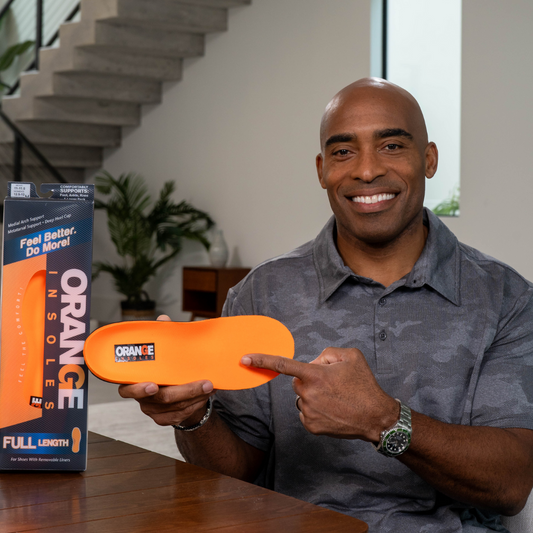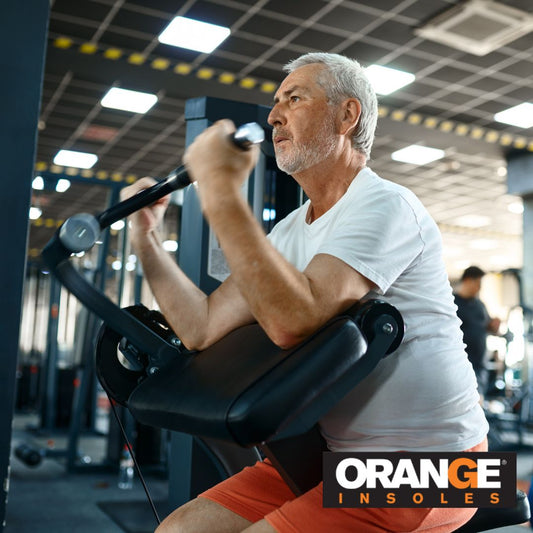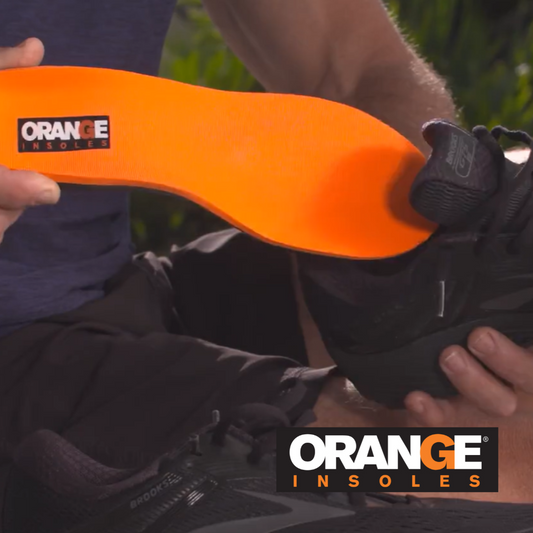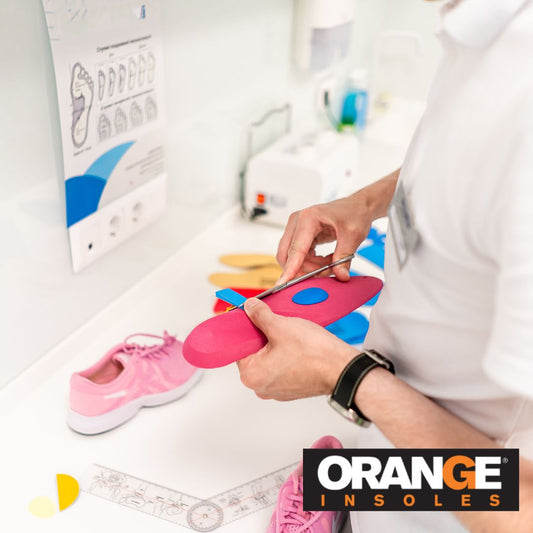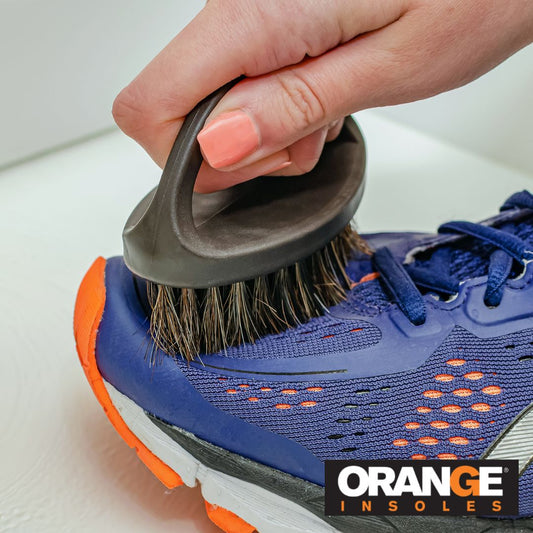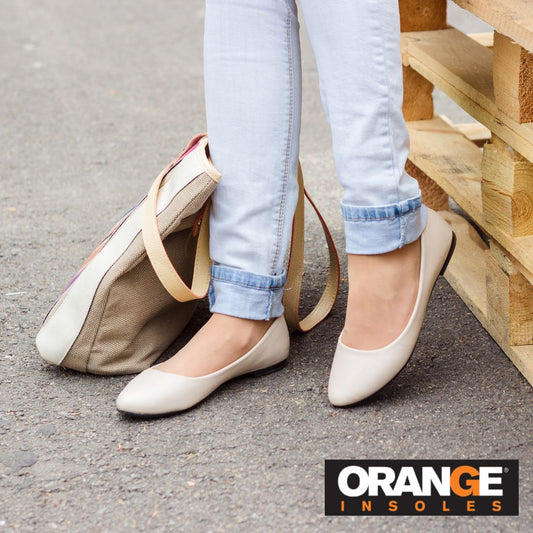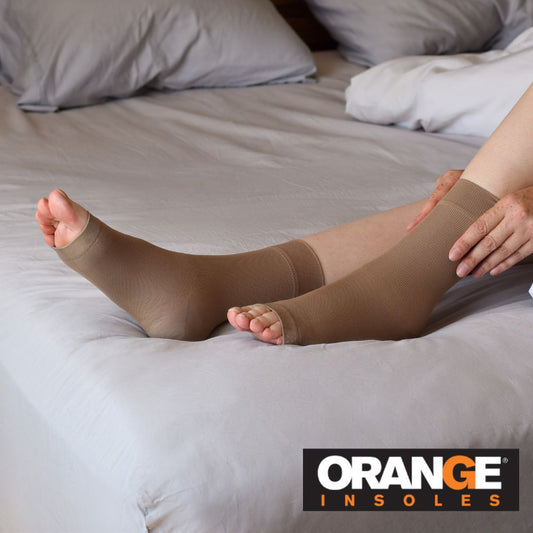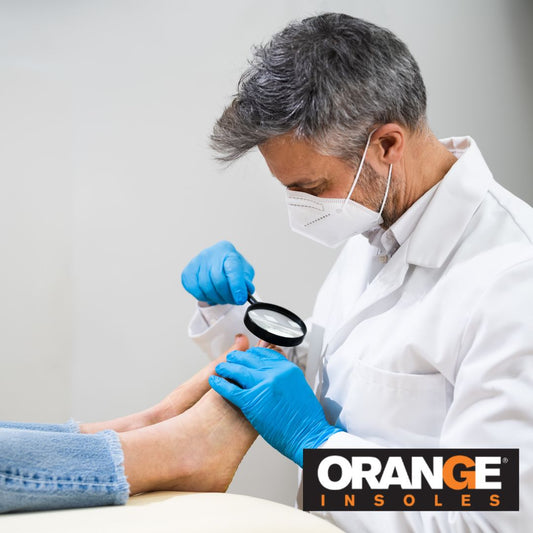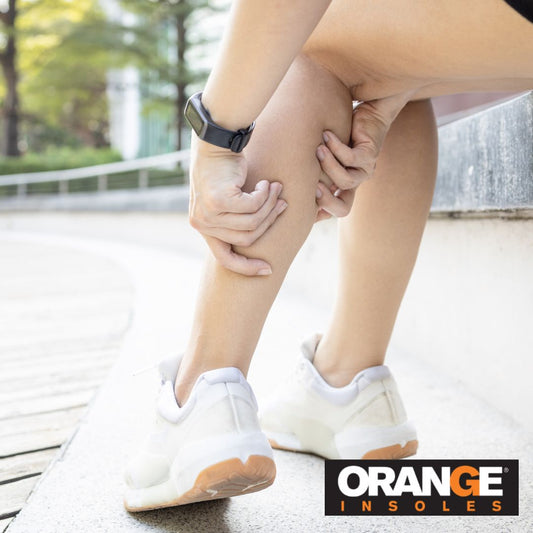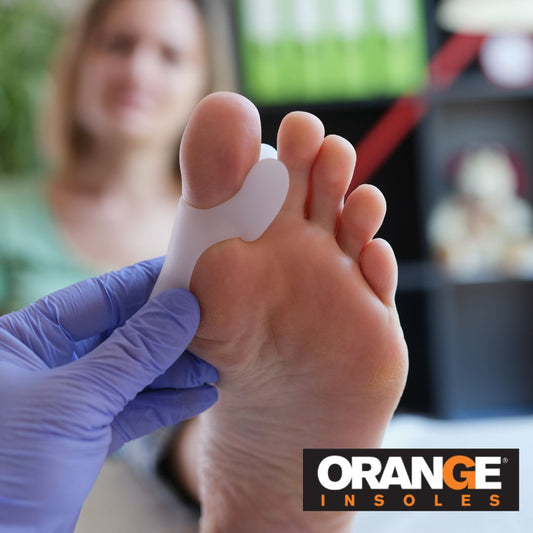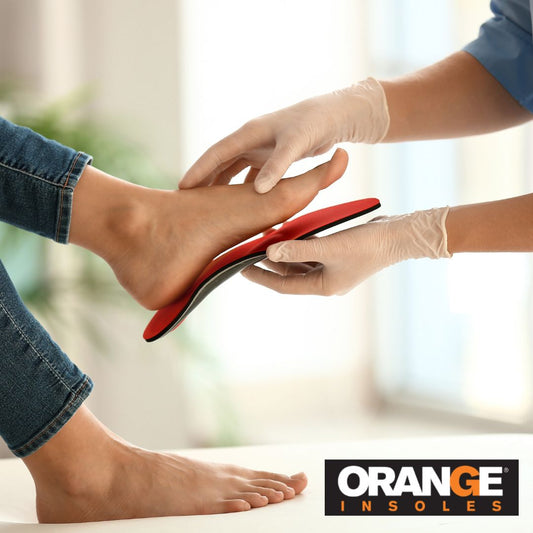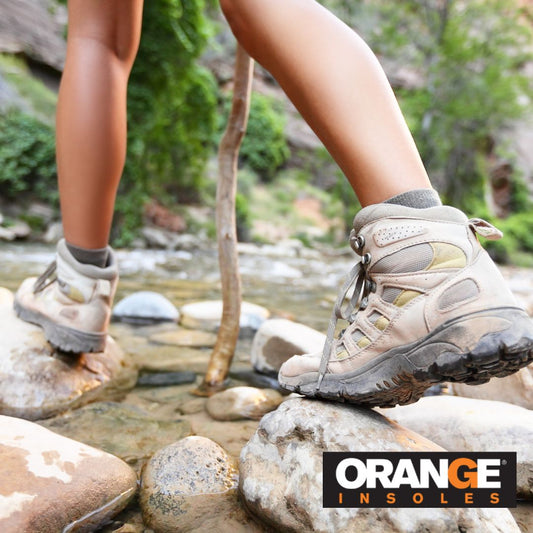Shin splints have taken many an athlete down over the years. They’re painful, hard to treat…yet preventable.
If you’re dealing with painful shin splints, you can find relief in a number of ways but mostly you should just stay off them. But if you’re a runner or athlete, you’re better off avoiding them in the first place.
Let’s take a closer look at shin splints and how you can prevent them.
What Are Shin Splints?
Also referred to as medial tibial stress syndrome, Shin splint is a common condition that is characterized by pain in the front part of the lower leg (the tibia and the muscles surrounding it). This condition is usually induced by excessive physical activity.
Shin splints can be caused by an increase in activity; a drastic increase of mileage for walkers or runners, longer shifts at work if you’re on your feet a lot, or any activity that requires long periods of time where you’re standing may contribute to shin splints.
In a more technical sense, shin splints can be caused by over-pronation. Over-pronation is when your feet roll excessively inward, causing a torque that can pull on the muscles through the shin, leading to shin splints.
How to Prevent Shin Splints
If you workout safely and take care of your feet and legs, you don’t need to put up with the pain of shin splints.
Additional support using shoe inserts will help keep your feet and lower body in better alignment reducing excess stress in the shin area.
Increase Activity Slowly
If you want to start a new workout routine, don’t just jump in feet first. Start slow and gradually increase the speed, duration, and pressure on the feet and legs. Even walking too far, too fast (if you’re not used to it) can cause strain and pain. So start slow and work your way up! Try taking breaks between workout days or changing up your workout.
Always Stretch
Stretching your calves before or after a workout can help prevent the tightness that can cause shin splints. You can also use a foam roller to massage the calves and if you feel any tightness during a run or walk, you should take notice. You can stop and stretch if it’s mild pain but if it gets worse, you should stop.
You should make sure to work in a good stretching routine both before and after any workout to prevent injuries.
Practice Proper Walking/Running Technique
Running or walking the “right way” can help prevent shin splints and other injuries. You should pay attention to your whole body but proper posture often begins in the feet. You should make sure to hit the pavement with the middle of your foot rather than your heel or your toe. Keep your feet underneath you and close to the ground and keep your arms from swinging too far.
It’s a good idea to attend a running or walking clinic before beginning a new workout routine. Walking is often more complicated than we think and you might be causing unintentional harm if you’re doing it wrong!
Wear Supportive Shoes
you should be supported from the ground up when you’re running or walking and the right shoes can give you that support. Depending on your form or posture you might need either more cushion or more support. It’s a good idea to talk to an expert if you’re just starting out.
In our post on the Anatomy Of A Shoe, we talk about the factors that make up a supportive shoe. Look to the midsole and the base of the shoe, looking for factors like a wide base and high contours for arch support.
And if you have a condition that requires more support than the average shoe can provide, insoles can add an extra layer of support to help keep you aligned and safe when running or working out.
Orange Insoles offers a unique, supportive insole that offers a heel cup, metatarsal pad, and contoured medial arch support. These help correct foot issues like overpronation that can exacerbate shin splint pain.
Practice Safe Habits
Safe habits go a long way in preventing an injury like shin splints.
- Always warm up properly before you work out
- Stretch properly and consistently
- Don't attempt to work through pain
- Avoid running or working out on uneven terrain and choose softer surfaces if you can
- Strengthen and stretch your hips (everything is connected!)
- Replace your shoes every 350-500 miles
Don’t get lazy when it comes to safe workout habits. Shin splints can take you down so make sure to work to prevent them and slow down if you feel pain.







